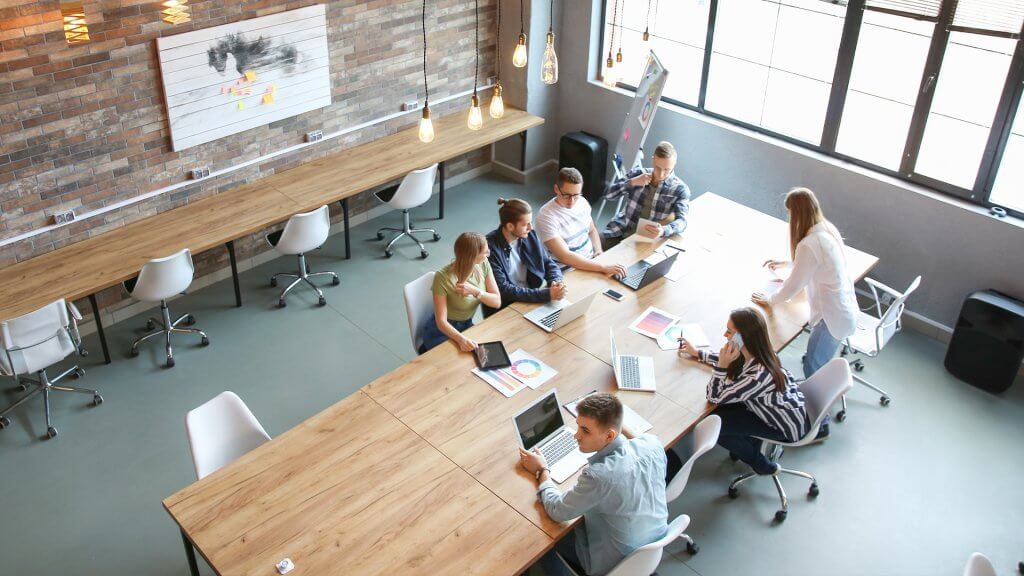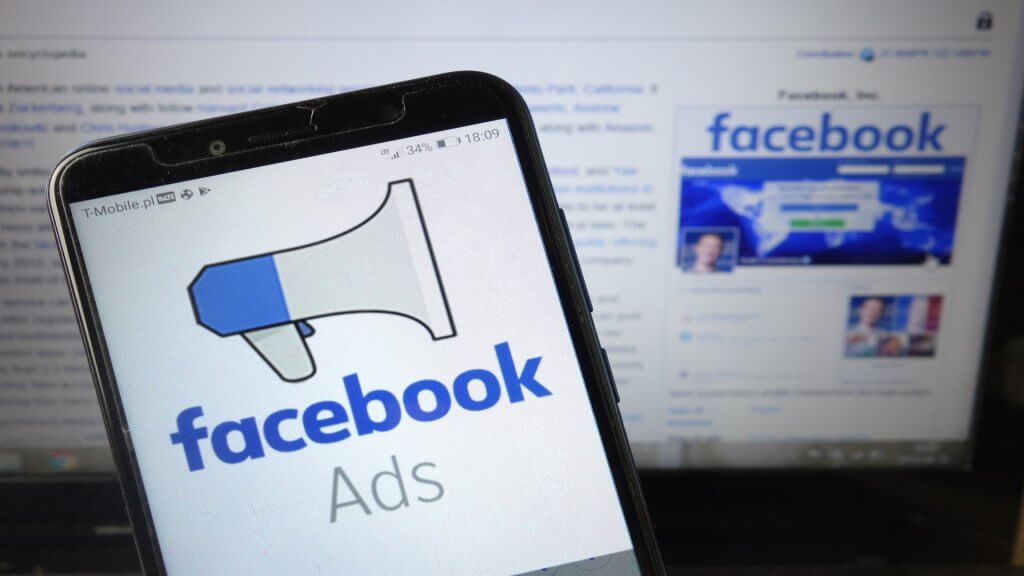
The return to the office is turning out to be a lengthy and gradual process as the coronavirus still looms – with many of the world’s workforce still working remotely for the foreseeable future. As many companies grapple with the return to the office, it bears questioning if and when the world’s wider workforce will return to the office in a covid backdrop.
Big Cities to Ghost Towns
Some of the world’s business capitals are still looking more like ghost towns as employees are struggling to coax their workers back to the office. According to data from Bloomberg and Google mobily data, workplace activity in New York, London and San Francisco is still around half of what it was before the pandemic.
In other corporate capitals, such as Frankfurt, Singapore & Hong Kong, they are still dealing with the aftermath of the virus and the large-scale roll-out of the vaccine. For example, in Hong Kong, despite the majority of workers having returned to the office already, the government is struggling to encourage the uptake of vaccines in more citizens which could affect how long this solution is possible.
With countries continuously fluctuating between increasing and decreasing case numbers, and new variants threatening government policies, it can be difficult to predict when these cities can be expected to return to normal.
Leading Companies
Many of the world’s biggest companies are attempting to pave the way for businesses across the globe with their return to the office. Banks including HSBC Holdings Plc and Goldman Sachs are already reopening their offices to all employees in various locations across the world.
Other companies, such as Apple Inc and JPMorgan Chase & Co. are eager to get back to work after months of disruption caused by remote working.
As these companies are finding, the large-scale return to the office will depend on wider factors such as vaccination roll-out in the local area and the spread of new variants.
Changes to The Offices
We are now seeing significant changes to the look and layout of today’s offices. Whether it is through giant cubicle screens, more spaced out desks or better ventilation, it is key that everyone is playing their part to reduce covid infections spreading.
With the potential spread of the covid virus, this can lead to many staff members being away from their desks even longer and the downtime whilst they recover – which could be costly to an organisation.
The use of hand gels, facemasks and social distancing remains key as part of a large-scale return to the office, with companies using hygienic products such as ventilation systems, wall cladding and see-through dividers between desks where possible.
Finding the nearest testing centres may also be useful for companies to have their staff tested for potential covid cases. Even if it is just a sniffle, getting yourself checked quickly and potentially back to the office if everything is clear, is still very worthwhile.
New Employee Demands
Many employees have enjoyed the perks that come with full-time remote work be it having a better work-life balance, more time to do their domestic duties or finding it easier to balance work and childcare. Whatever the personal motivations, many employees are now looking to have greater flexibility when it comes to their working life.
Companies will have to take this into consideration when encouraging employees back to the office. After so long having remote work as a necessity rather than a luxury, it is going to be difficult to turn remote working back into a benefit or a work perk.
Already, companies including American Express, Unilever and Google have committed to letting people work remotely for at least part of the working week even when the pandemic is over.




















